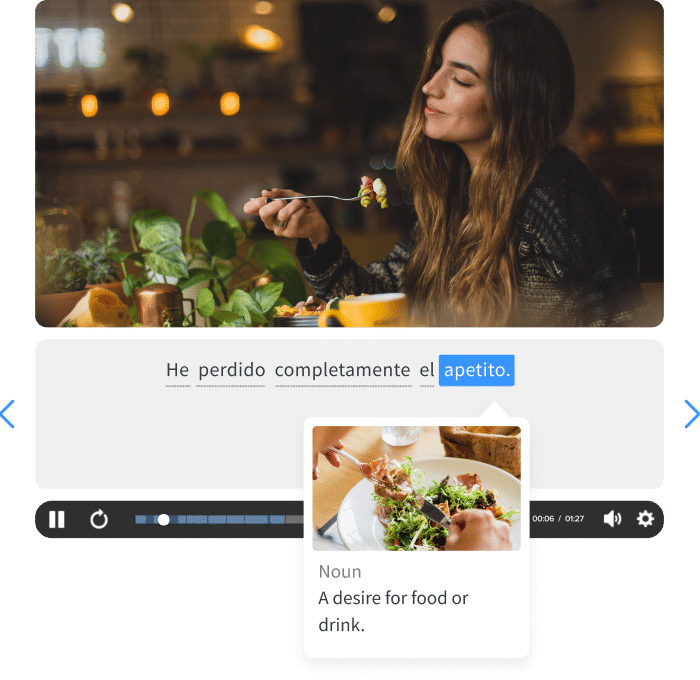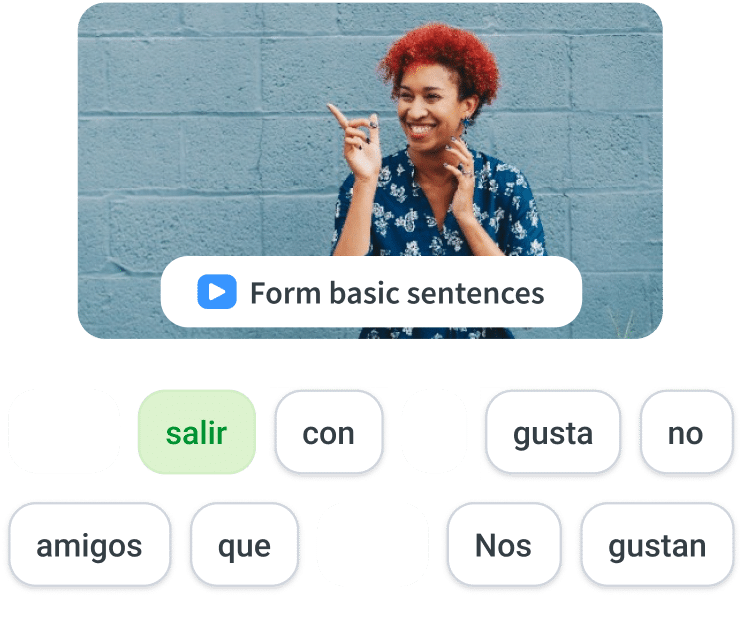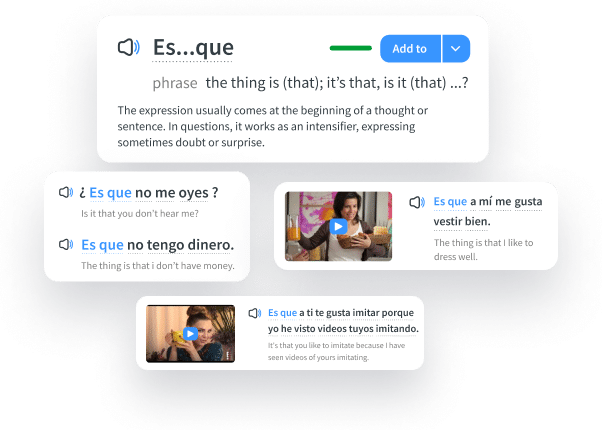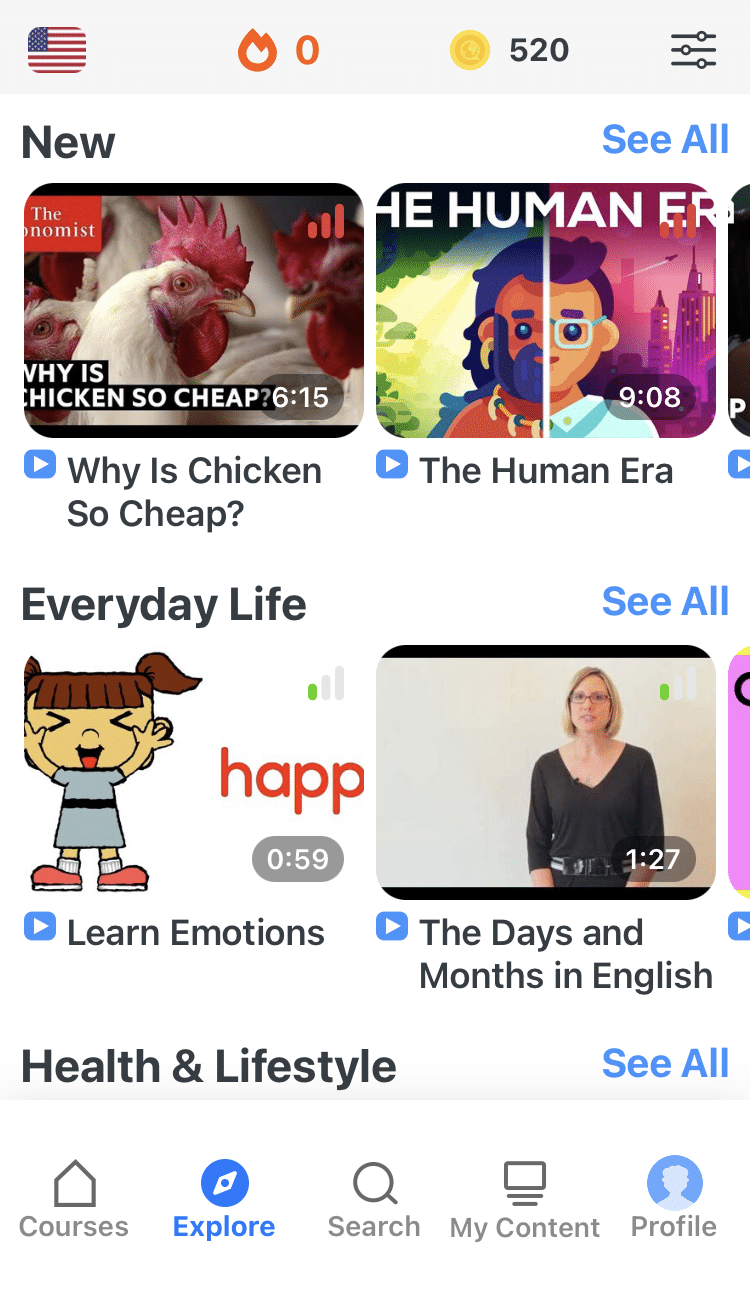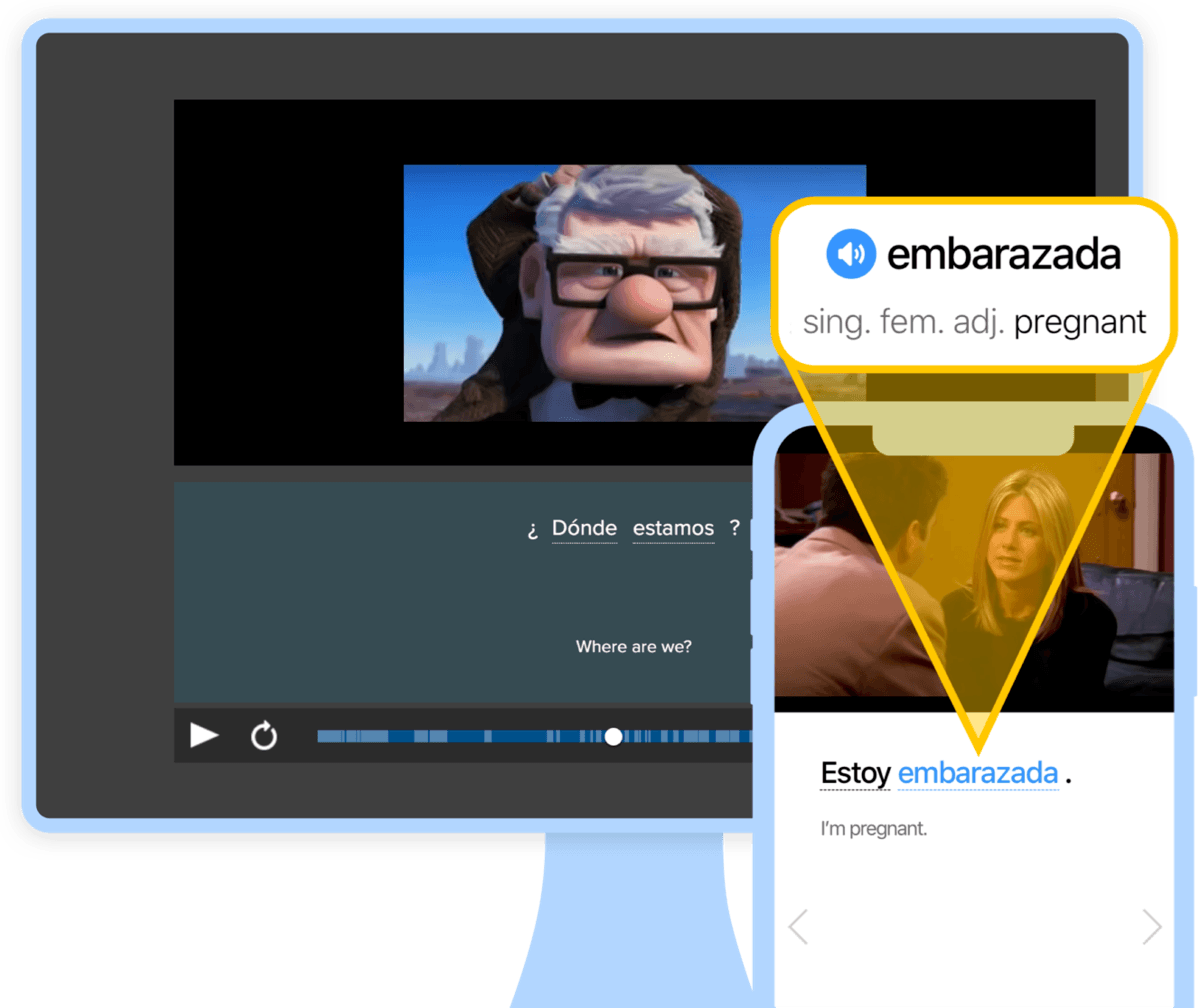
Order of Adjectives in English
How to arrange adjectives can be particularly tricky for English learners.
It’s usually based on the category of the adjective. The order of adjectives in English is quantity, opinion/value, size, temperature, age, shape, color, origin, material and purpose.
There are some exceptions and there can be slight variations between the different types of English (such as American, British and Australian), but the more general adjectives usually go first.
In this post, we’ll show you exactly how English adjective order works.
Contents
- 1. Quantity
- 2. Opinion/Value
- 3. Size
- 4. Temperature
- 5. Age
- 6. Shape
- 7. Color
- 8. Origin
- 9. Material
- 10. Purpose
- How to Choose English Adjectives Wisely
- When to Use Commas Between Adjectives
- And One More Thing...
Download: This blog post is available as a convenient and portable PDF that you can take anywhere. Click here to get a copy. (Download)
| Order | Category | Examples |
|---|---|---|
| 1 | Quantity | six, some, a lot of |
| 2 | Opinion/Value | amazing, terrible, comfortable |
| 3 | Size | small, bulky, compact |
| 4 | Temperature | lukewarm, frozen, steaming |
| 5 | Age | young, vintage, old |
| 6 | Shape | rectangular, curved, jagged |
| 7 | Color | silver, red, green |
| 8 | Origin | British, Cuban, Japanese |
| 9 | Material | silk, plastic, glass |
| 10 | Purpose | running shoes, sleeping bag, coffee table |
1. Quantity
Adjectives describing the quantity of the noun come first. These include numbers:
one, 4.5, 100
Quantity can also be expressed through adjectives such as:
many, several, few
If you’re only referring to one object, person or place with the noun, you can simply use these articles:
a, an, the
Example:
A mug
2. Opinion/Value
These adjectives communicate how the noun is viewed by yourself or others. These are subjective terms:
beautiful, unusual, annoying, delicious
Example:
A beautiful mug
3. Size
Adjectives describing the size of the noun are placed next. This word tells the reader or listener how big or small the noun is. A variety of words can be used to explain this, including:
large, huge, tiny, mini
Example:
A beautiful large mug
One exception here that you may notice is the word “big,” which often comes before an opinion/value word. For example, “the big bad wolf” is a character in the story “The Three Little Pigs.”
4. Temperature
The adjectives placed next in line give information about the temperature, if necessary:
cold, cool, freezing, warm, hot
Example:
A beautiful large warm mug
5. Age
Age doesn’t have to be a number. Age can also be communicated with words that explain the time period or era the noun was created in or lived in. Adjectives used here could be:
new, modern, antique, prehistoric
Example:
A beautiful large warm modern mug
6. Shape
Next in line are the adjectives that describe the shape. Some of the words you could use to communicate the shape the noun looks like could be:
angular, round, square
Example:
A beautiful large warm modern round mug
7. Color
Adjectives describing color are positioned next:
brown, blue, silver
These words can also be used when describing the coloring of a person’s hair or an animal’s fur:
brunette, blonde
Example:
A beautiful large warm modern round black mug
8. Origin
Adjectives that describe where the noun came from tell the reader or listener about its origin. These adjectives could include:
American, British, Dutch, Indian, Australian
Example:
A beautiful large warm modern round black European mug
9. Material
These adjectives simply indicate what the noun is made of. Adjectives here could be:
wood, metal, paper, silk, rubber
Example:
A beautiful large warm modern round black European stainless steel mug
10. Purpose
The last adjective before the noun describes its purpose. This explains what the noun is used for:
tennis ball (used for tennis), stirring spoon (used for stirring), diving pool (used for diving)
Example:
A beautiful large warm modern round black European stainless steel travel mug
How to Choose English Adjectives Wisely
I know what you’re thinking.
“A beautiful large warm modern round black European stainless steel travel mug” is a mouthful of a phrase!
That’s why it’s important not to use too many adjectives. Too many adjectives give off a very confusing message to readers and listeners.
Instead, focus on learning the position of each category so that when you do need one, you know exactly where to put it.
Look at this example:
A magnificent huge newly-opened blue American water swimming pool
Not all of these adjectives are relevant. We know that swimming pools are made of water and they’re blue.
On the other hand, mugs can be made from a variety of materials and could be any color.
Using an adjective that describes the color of a coffee mug is giving the listener or reader information they don’t already have. This information is relevant. It’s needed to create a more detailed picture in their mind.
As a general rule, try to focus on only two, three or four adjectives that’ll add the most description to your sentence. Once you’ve selected these few adjectives, simply place them in the order stated above.
A portable new black laptop
A pair of cozy, warm, fur-lined slippers
Several old, thick hardcover books
Three disposable plastic pens
For a bit more guidance on the subject, it also helps to take a closer look at how native English speakers order their adjectives.
Read modern books and listen intently to movies, TV shows and other English language media, then try using descriptive phrases that you come across.
On the FluentU program, you can see how native speakers naturally use multiple adjectives in real English videos.
FluentU takes authentic videos—like music videos, movie trailers, news and inspiring talks—and turns them into personalized language learning lessons.
You can try FluentU for free for 2 weeks. Check out the website or download the iOS app or Android app.
P.S. Click here to take advantage of our current sale! (Expires at the end of this month.)

When to Use Commas Between Adjectives
When you use multiple adjectives from different categories, as we did above, they function as cumulative adjectives. You don’t need to put commas between cumulative adjectives.
However, if you used several adjectives from the same category, they’d be coordinate adjectives. You do need commas between coordinate adjectives, but their order doesn’t matter.
For example:
The stupid, pointless, frustrating homework assignment
These are all opinion/value adjectives, so they need commas and they could be rearranged:
The frustrating, pointless, stupid homework assignment
The best way to learn is to give it a go!
Challenge yourself and above all, have fun creating interesting sentences!
Download: This blog post is available as a convenient and portable PDF that you can take anywhere. Click here to get a copy. (Download)
And One More Thing...
If you like learning English through movies and online media, you should also check out FluentU. FluentU lets you learn English from popular talk shows, catchy music videos and funny commercials, as you can see here:
The FluentU app and website makes it really easy to watch English videos. There are captions that are interactive. That means you can tap on any word to see an image, definition, and useful examples.
For example, when you tap on the word "searching," you see this:
Learn all the vocabulary in any video with quizzes. Swipe left or right to see more examples for the word you’re learning.
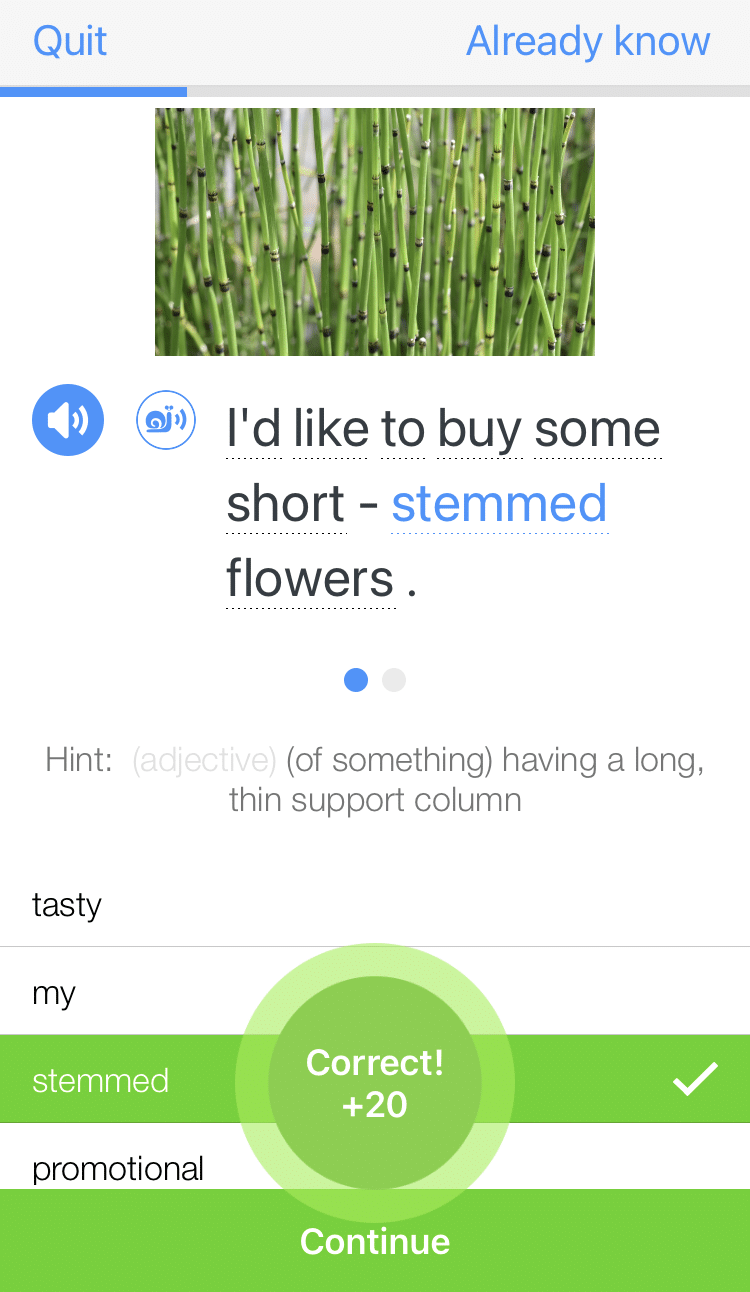
FluentU helps you learn fast with useful questions and multiple examples. Learn more.
The best part? FluentU remembers the vocabulary that you’re learning. It gives you extra practice with difficult words—and reminds you when it’s time to review what you’ve learned. You have a truly personalized experience.
Start using the FluentU website on your computer or tablet or, better yet, download the FluentU app from the iTunes or Google Play store. Click here to take advantage of our current sale! (Expires at the end of this month.)

